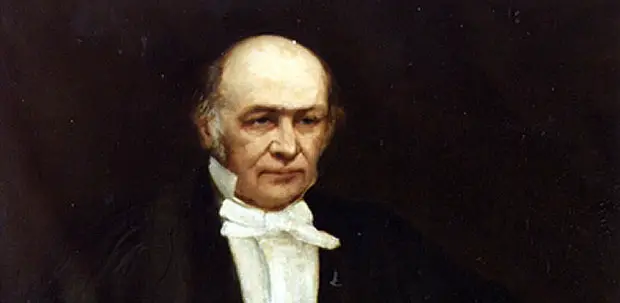
‘This young man, I do not say will be, but is, the first mathematician of his age.’ – Dr John Brinkley
This mathematician was referred to as Sir William Rowan Hamilton; he was born on 4 August 1805 and died on 2 September 1865. He was an Irish mathematician who also juggled professions of being a physicist and astronomer. Hamilton has made vital contributions to optics, algebra and also classical mechanics.
Mathematical activities
Hamilton studied geometrical optics, classical mechanics, applying quaternion and vector methods to mechanics’ problems and adaptation of dynamic methods in optical systems. His studies weren’t limited to these themes; in fact they ranged to the studying of development of theories (conjugate algebraic functions), analysis on Fluctuating Functions, polynomial equations (also general quintic polynomial solved by radicals) and linear operators on quaternions.
He is also invented “Icosian Calculus”, it was used to research and look into how closed edge paths on a dodecahedron, which visit every vertex only once.
Initial Life details
He was the fourth sibling out of nine children, his mother was Sarah Hutton and father was called Archibald Hamilton. They lived in Dublin at that time, and his father’s profession was being a solicitor. His Uncle James was a graduate of Trinity College and ran a school as well; Hamilton was sent to live with him and exhibited his fond learning of languages at a young age (this piece of information remains debatable by various historians). His uncle assisted him in learning different languages such as Hebrew, Persian, Arabic, Sanskrit and many others.
Hamilton was associated with a school of mathematicians which held close affiliation to Trinity College, Dublin; it was sufficiently reputed however it was quite small. When he was 18, he joined this College and spent a great deal of his life there. There he studied classics and science and was later made Professor of Astronomy (1827), before his graduation.
Major Contributions
Hamilton played a role in promoting optics and classic mechanics by contributing to those fields. His initial finding was a paper in 1823 to Dr. Brinkley and was presented as “Caustics” to the Royal Irish Academy by 1824.
In 1827 he came up with “Hamilton’s Principle function”, it was a theory of a single function which collaborated mathematics, optics and mechanics which helped ground the wave theory of light. His papers were at times incorporated in volumes and titles were altered as well, he had a paper “System of Rays” which was later changed to “Theory of Systems of Rays” by the Royal Irish Academy. Some of the great findings in these ongoing papers include the idea that a single ray of light that enters a biaxial crystal, at a particular angle would come out as a hollow cone of rays. This is still known as the “conical refraction”.
After being knighted by the lord-lieutenant, other honours followed him. He was elected for the president’s chair in the Royal Irish Academy in 1837; additionally he was also made a corresponding member of the Saint Petersburg Academy of Sciences. In 1864, he was elected for the first Foreign Associates in the United States National Academy of Sciences.
There is also a coin in his honour of commemorative nature, which was issued by the Central Bank of Ireland.